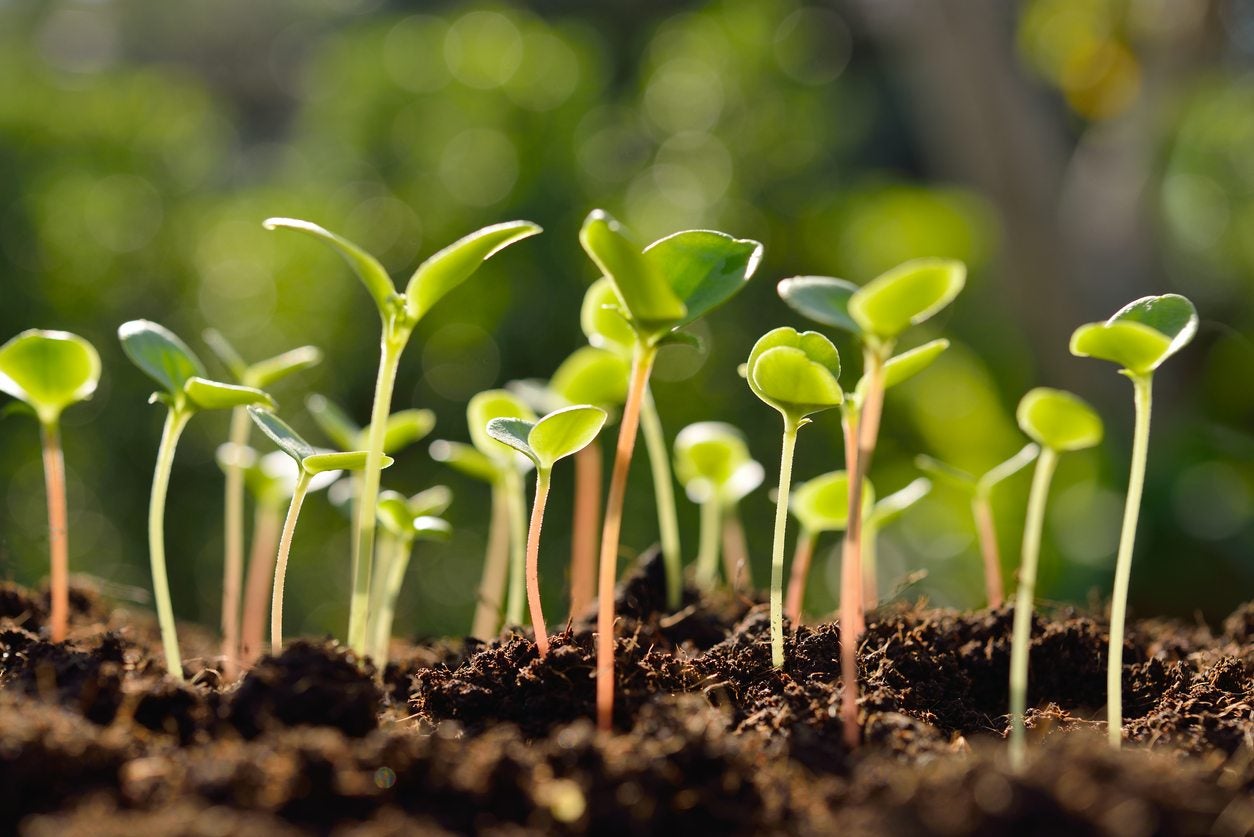Zone 7 Seed Planting – Learn When To Plant Seeds In Zone 7


Starting seeds in zone 7 can be tricky, whether you plant seeds indoors or directly in the garden. Sometimes it’s difficult to find that perfect window of opportunity, but the key is to consider weather in your specific area and the particular needs of each plant. The following provides a few general guidelines for zone 7 seed planting.
When to Plant Seeds in Zone 7
The last frost date for zone 7 is usually around mid-April. Keep in mind that while USDA growing zones and last frost dates provide helpful information for gardeners, they are merely guidelines. When it comes to weather, there are never any guarantees. To complicate matters even more, last frost dates can vary considerably. Before starting seeds in zone 7, it’s a good idea to check with your local cooperative extension office regarding frost dates specific to your area. With that in mind, here are a few tips on starting seeds in zone 7.
Devising a Seed Planting Schedule for Zone 7
Seed packets tend to be a little too general for most gardeners, but the planting information on the back of the packet provides a useful starting point. Read the directions on the packet carefully, and then create your own seed schedule and calculate the best planting dates by counting backwards from that mid-April, zone 7 frost date. Keep in mind that every plant is different and because there are so many variables, there are no perfect answers. Many flower and vegetable seeds perform best when they are planted directly in the garden, while others (including some annual flowers and most perennials) should be started indoors. Most seed packets will provide this information. Once you’ve counted backwards according to the recommendations on the seed packet, adjust planting dates according to temperatures. For example, if you’re starting seeds indoors in a basement or unheated bedroom, you may want to get started a week or two earlier. On the other hand, if the room is warm, or if you’re starting seeds in a greenhouse, wait a week or two. Also, keep in mind that seeds growing indoors need plenty of light – generally more than even the brightest window can provide, which means you’ll need artificial light. Although it usually isn’t a necessity, some plants germinate faster with a special heating mat, especially in a cool room. Tip: Keep a journal or calendar every year, jotting down quick notes about planting dates, germination, weather, and other factors. You’ll find the information extremely helpful. Most important, don’t be intimidated when starting seeds in zone 7. Gardening is always a bit of an adventure, but you’ll be more confident with each season. Mostly, just enjoy the successes and learn from the failures.
Gardening tips, videos, info and more delivered right to your inbox!
Sign up for the Gardening Know How newsletter today and receive a free copy of our e-book "How to Grow Delicious Tomatoes".

A Credentialed Garden Writer, Mary H. Dyer was with Gardening Know How in the very beginning, publishing articles as early as 2007.